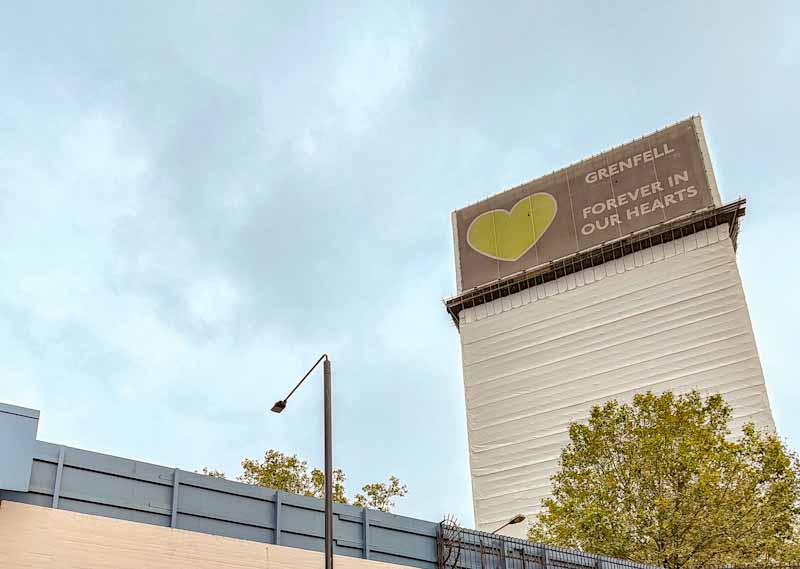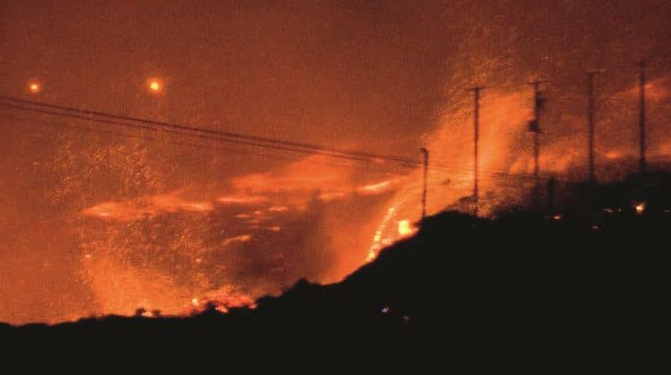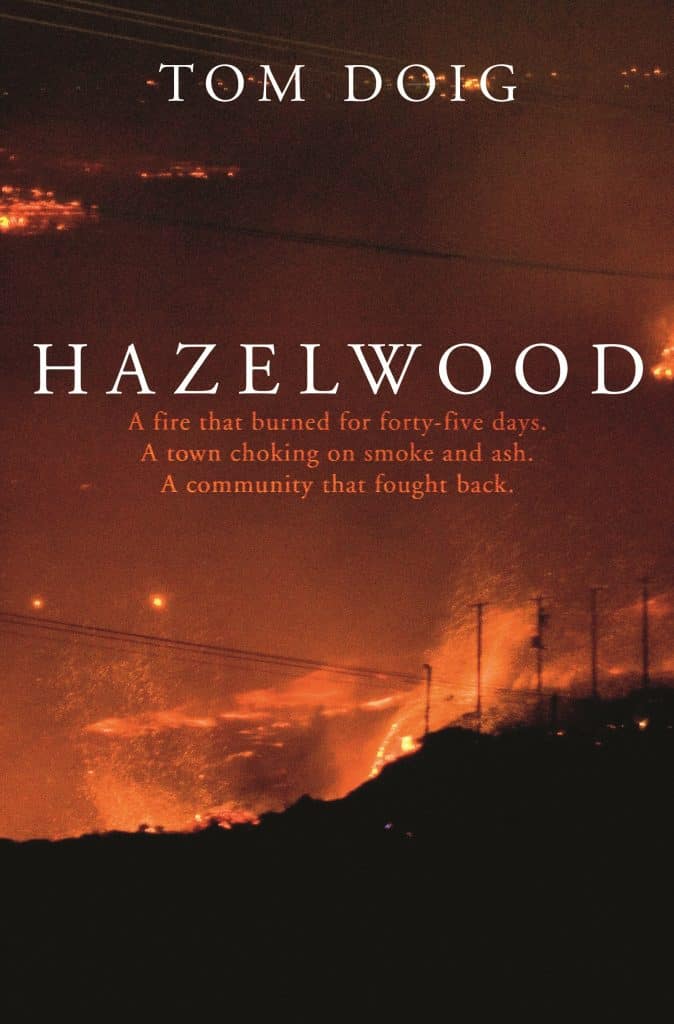The inquiry report into the Grenfell Tower fire has yet to be seriously considered from the other side of the world. However, the report is being mentioned in Australia’s emergency services and fire sectors. The inquiry has been thoroughly followed and analysed in the United Kingdom, and many excellent summaries have been published in newspapers, books, and podcasts. Australia’s cladding debate has not been to the same extent as the UK. Still, the UK’s structures, policies, processes, business ethics and neglect are certainly mirrored in Australia, which directly impacts how workplace health and safety operates here.
Category: fire
Prevention is better than cure
The Hazelwood Mine Fire was a public health tragedy with an occupational context beyond the prosecution by WorkSafe Victoria. A clear example of the workplace risks was the fire-fighting efforts and the subsequent health impacts of David Briggs. According to a media release from the Maurice Blackburn law firm, Briggs had his successful WorkCover claim upheld by the Victorian Supreme Court last week.
Briggs has been mentioned several times in this blog’s coverage of the Hazelwood Mine Fire Inquiry and the writing of Tom Doig on the catastrophe. His case should cause some very uncomfortable questions.
Important safety, environmental, political and personal stories in book on the Morwell Mine fire
Dr Tom Doig has continued to build on his earlier work about the Morwell mine fire, expanding his “The Coal Face” from 2015 into his new book “Hazelwood” (after court-related injunctions, now available on 18 June 2020).
SPECIAL OFFER: The first four (4) new Annual subscribers in the month of June 2020 will receive a copy of Hazelwood.
The Morwell mine fire created great distress to residents in Victoria’s Latrobe Valley, ongoing health problems, and a parliamentary inquiry, but can also be seen as a major case study of occupational health and safety (OHS) laws, enforcement, role and the obligation on employers to provide a safe and healthy working environment that does not provide risks to workers and “protect other people from risks arising from employer’s business”. The management of worker and public safety is present in almost every decision made in relation to the Morwell Mine fire. The overlay of an OHS perspective to Doig’s book is enlightening.
Government responds to the mental health risks of emergency service workers
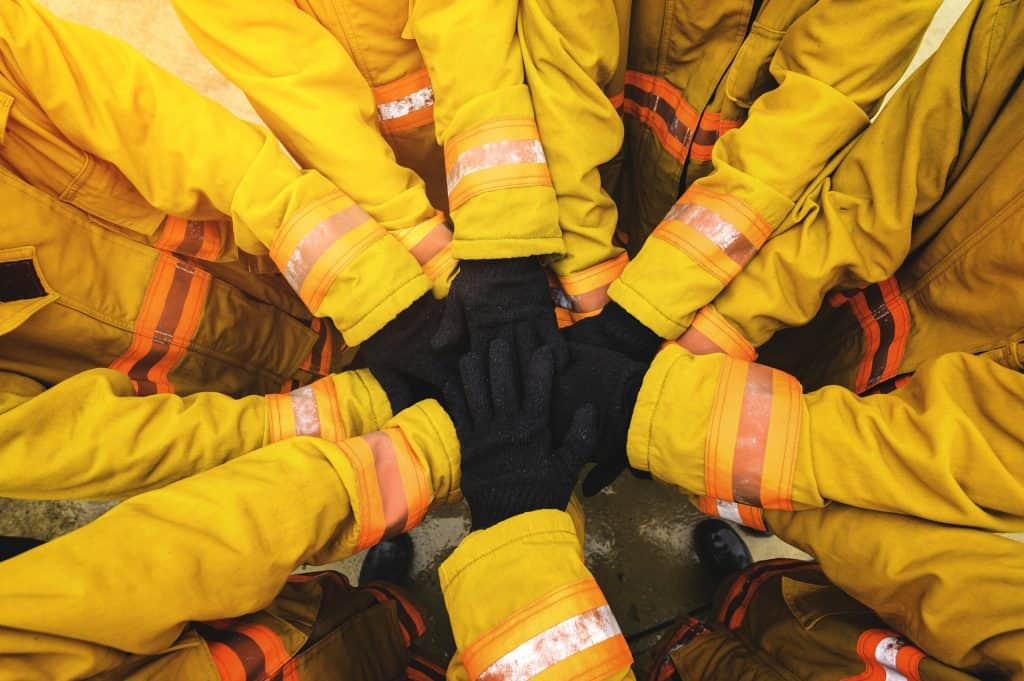
In 2018/19 one of Australia’s Senate Committees looked at the mental health of emergency responders. The final report was handed down in February 2019 and the government’s response has been released today, twelve months later (?!). Lucky the government delayed as it allowed the Response to mention the 2019/20 bushfires even though this was outside the timeline of the Committee’s inquiry.
Emergency Responders, as do frontline soldiers, face unique psychological risks from their duties, so there are some recommendations that are difficult for those outside the sector to relate to but looking at the Response gives an insight into the thinking about occupational health and safety (OHS), and especially workplace mental health risks, of the Australian government. That thinking may be summarised by the Government supporting only one of the fourteen recommendations, noting five of them and supporting “in principle” the rest.
New air quality standards for outdoor work
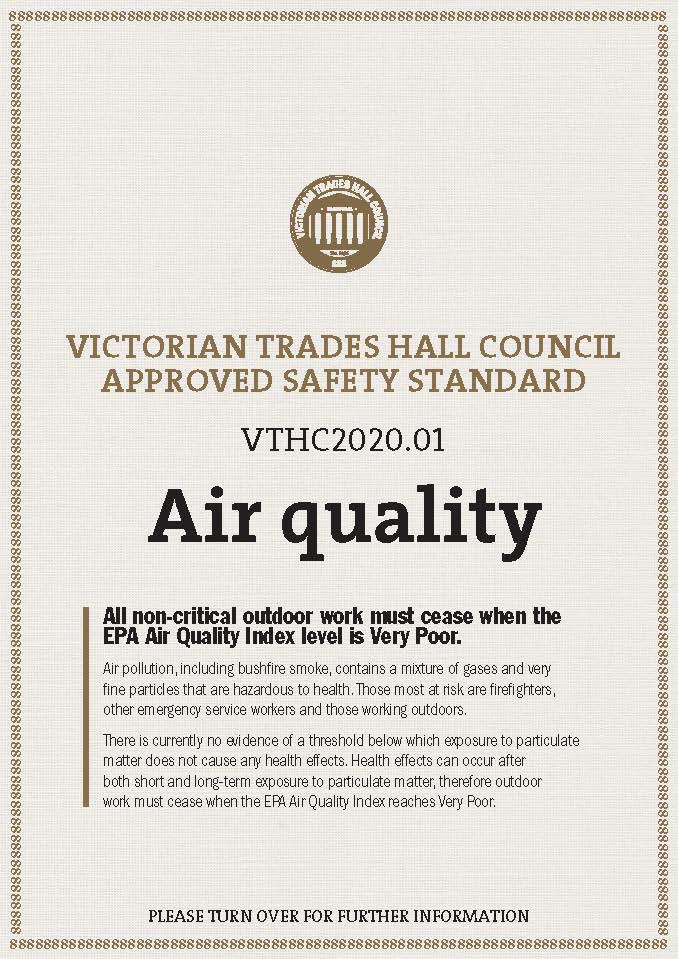
On January 30 2020, the Victorian Trades Hall released a new “approved safety standard” on air quality risks for outdoor workers. It is the latest of a series of alerts and guidelines generated by the persistence of bushfire smoke in urban areas of, especially, New South Wales and Victoria. Bushfire smoke is only going to become more frequent in Australia, and its persistence over weeks, requires a coordinated discussion on how Australian workplaces and practices need to change to adapt to the new climate.
Burnout of a different kind
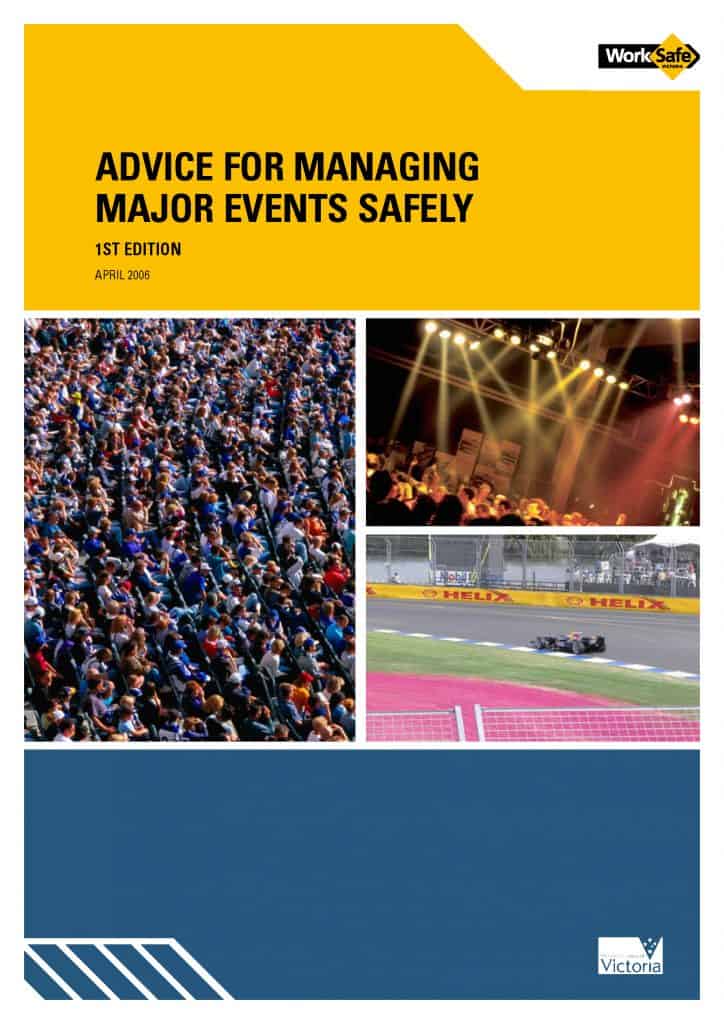
[Updated 12 noon 12 June 2019]
Why do some companies accept or propose an Enforceable Undertaking in relation to breaches of occupational health and safety law? This media statement from WorkSafeNT dated June 7, 2019 illustrates one answer:
“Car Festivals Pty Ltd and the Northern Territory Major Events Company Pty Ltd committed to spend a combined $1.2 million in legally binding agreements, when it became clear NT WorkSafe was considering laying charges over the incident.” (emphasis added)
This reads like someone has calculated the potential cost (fines, etc) to the companies from an OHS prosecution and has opted for the cheaper option. And $1.2 million is a hefty financial commitment.
Firefighting, WorkCover and OHS
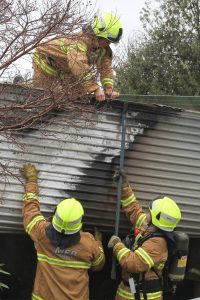
Some years ago there was a rumour that no workers’ compensation claims by firefighters employed by the Metropolitan Fire Brigade (MFB) were investigated and/or rejected by the MFB. The reason was that the United Firefighters’ Union would question any investigation on behalf of its members which would likely result in increased industrial relations tension.
Workers compensation data obtained by SafetyAtWorkBlog from the MFB under Freedom of Information seems to have scotched that rumour but does provide some interesting information which may also justify radical workplace health and safety thinking for this sector.

